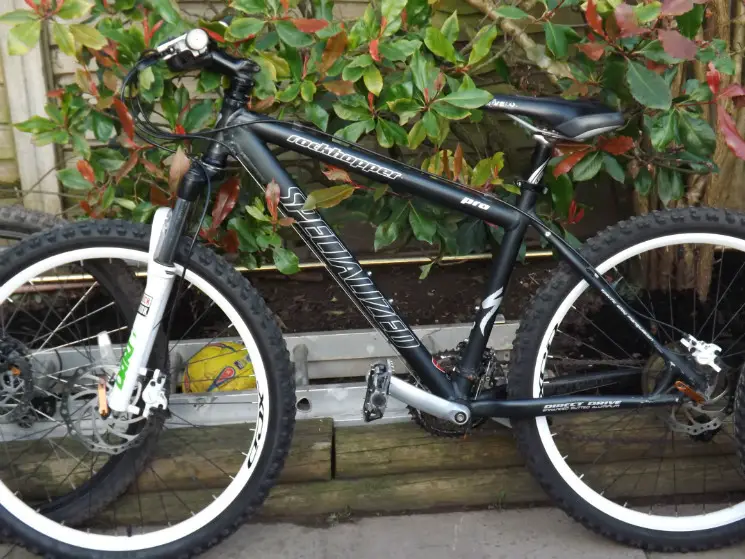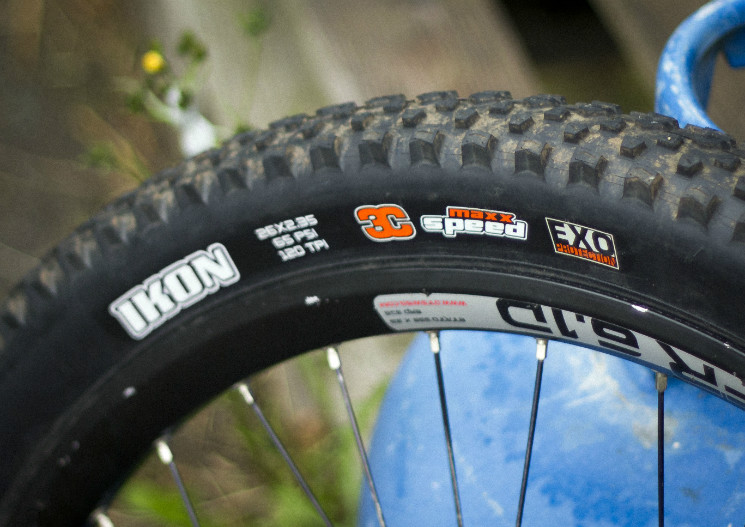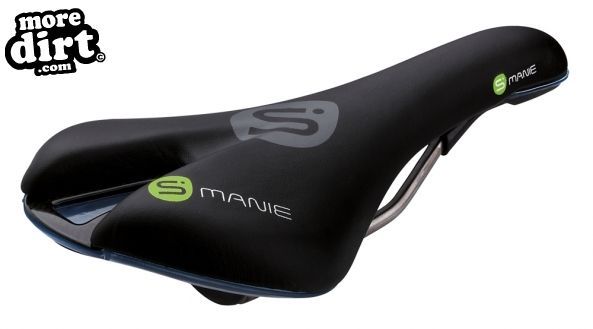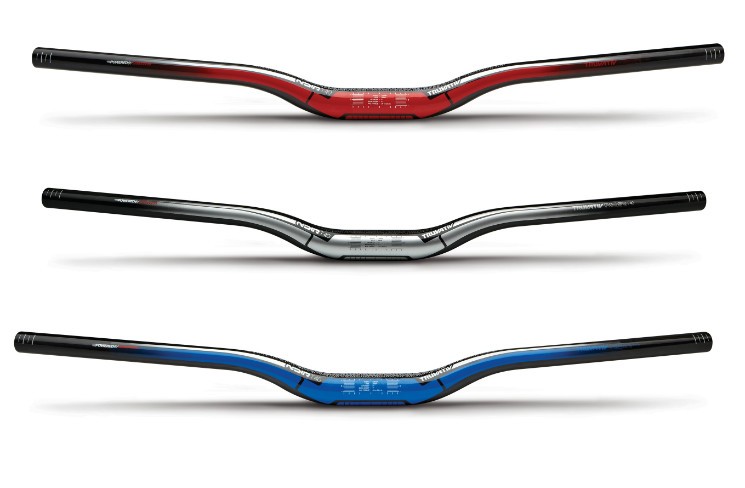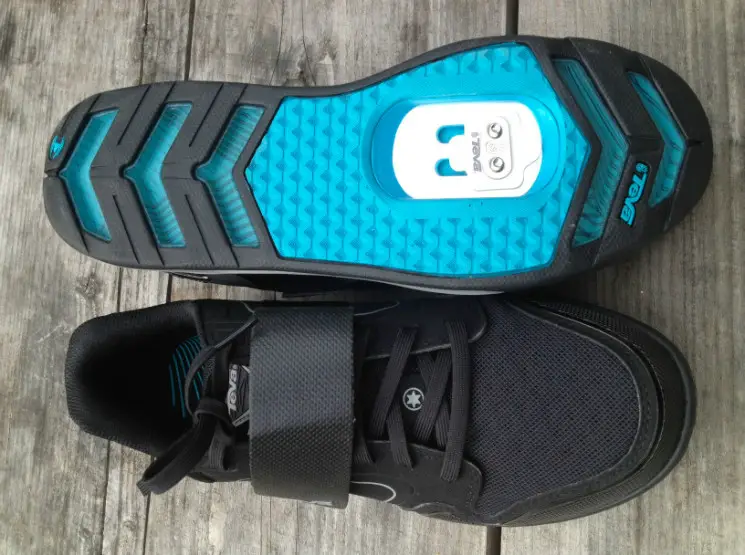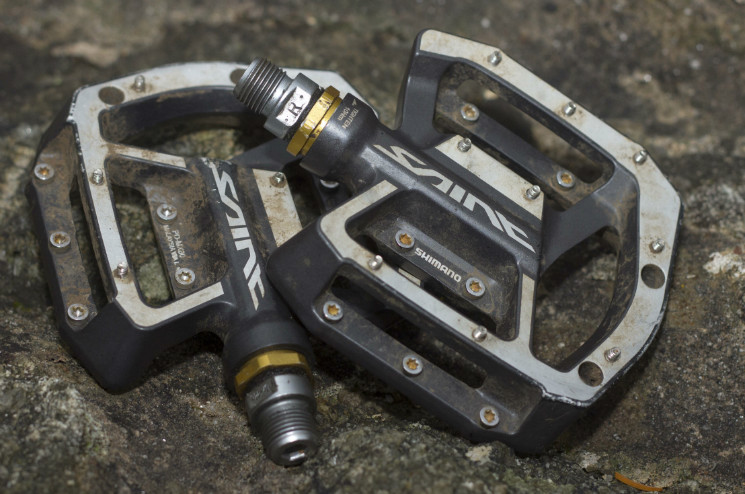Mountain Bike Beginner's Guide: Upgrades
20 December 2013 | By fyldesmurfSo, you've just bought your new mountain bike, and you're super stoked to get out and thrash it on the trails, but something doesn't seem quite right! What can you do to sort it out? Check out our handy guide for quick, easy and cheap upgrades to get your bike working like a dream.
Credit - Williamz
Tyres
For me, tyres are always the first thing that have to go from a new bike, as they are an area where bike companies like to try and save themselves a little money. Your new bike will more than likely be kitted out with OEM tyres, these are tyres that are mass produced and sold directly to the bike manufacturers. Buying some Aftermarket tyres will mean you instantly feel the difference and it will massively improve your riding experience.
OEM tyres can feel plasticky, because the rubber compound the tire manufacturers use is cheaper, and they will also be thin, which may lead to lots of punctures. There are a huge range of Aftermarket tyres to pick from, and what you pick will rely largely on your personal preference and riding style. Whatever you do pick, however, will guaranteed to be a large improvement on how your bike handles and probably the best value for money upgrade you can buy.
Saddle
Saddles are one of the main contact points you'll have with your bike, so you better make sure it feels right.
Saddles are another area where bike companies will try to save a bit of money, probably because they realise that saddles, like tyres, are a very personal choice, and most people will be likely to upgrade it straightaway.
If you don't have a favourite saddle already, my advice would be don't give up on the saddle your bike comes with, very often saddles (and your bum!) can take a bit of breaking in. Leave it a few rides before you decide to chuck it, and see if your comfort improves.
Bars and Stem
The bars and stem are another major contact point and vastly affect how our bike handles. To get your bike responding just how you want, these are going to have to be upgraded.
The two main variable on bars are width and rise. The wider a handlebar is, the greater lever distance you have from the stem and therefore the more control you have. A wider bar comes with downsides as well though, the most obvious being the ability to fit through gaps in trees, but also a wider bar will inhibit steering, especially on tight corners.
The rise of your bars and length of your stem will all affect your riding poisition. A more upright position (with a long stem and high rise bars) will put your weight over the front of the bike, giving your front wheel more grip and allow for easier climbing. A shorter stem and flatter bars will move your weight backwards, making for a bike that's more stable when tackling steep, and technical terrain.
Most bikes, especially lower end bikes, will come with a vey upright poisition, as most beginners start with Cross Country and Trail Centre riding, if you want your bike to start descending better it would be wise to look at upgrading your cockpit for a more aggressive position.
Pedals
The final contact point you will have with your bike is the pedals. A lot of bikes don't even come with pedals, those that do often have cheap pedals that don't provide sufficient grip.
If you find your feet get blown off the pedals a lot you may want to consider an upgrade, there are two main types of pedal to pick from, Clipless and Flat.
Clipless in pedals do exactly what they say on the tin, and mean you are attached to your bike at all times. The main advantage of this will be increased pedalling efficiency, however do bear in mind you'll also have to buy specially adapted shoes to attach to your pedal.
Flat pedals will probably be safer for a beginner, as there are enough things to be getting used to whilst riding off road without worrying about unclipping every time you stop. The main thing to look for with flat pedals is a good distribution of pins and a solid platform. The thinner and lighter you can get them, the better.
Coaching
If you have set up your bike perfectly for you, using all these upgrades, and something still doesn't feel right, it might be time to upgrade yourself.
A day's coaching, from a qualified professional, can iron out all the poor techniques and lazy habits you've developed, and get you flowing, pumping and jumping your way to being a better bike rider. The techniques you're taught will take some practising, but when you get the hang of them, you'll wonder why you never did it before.
